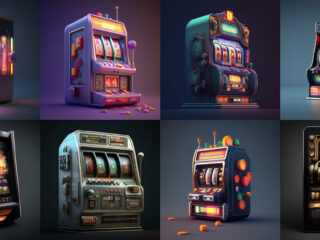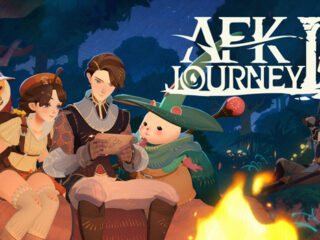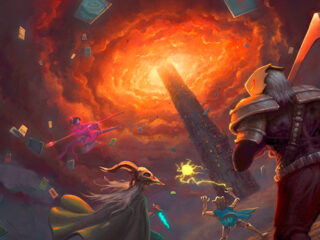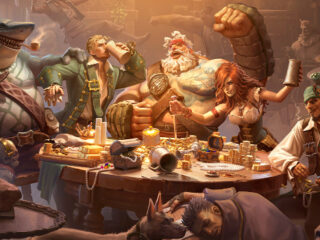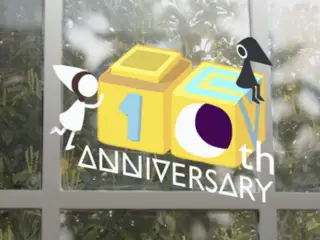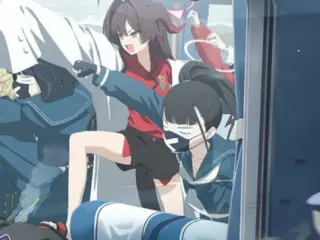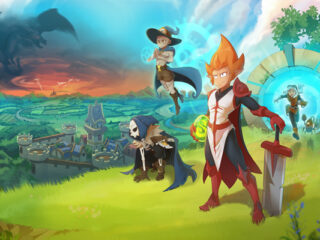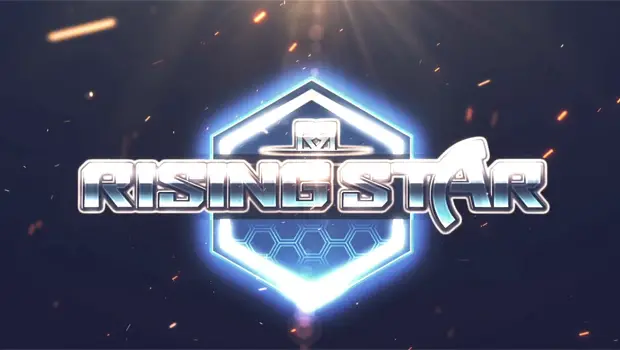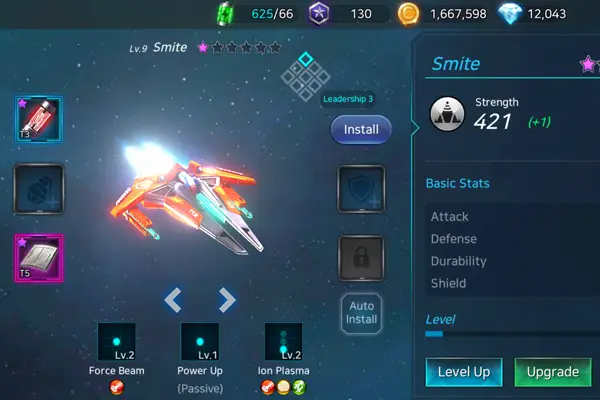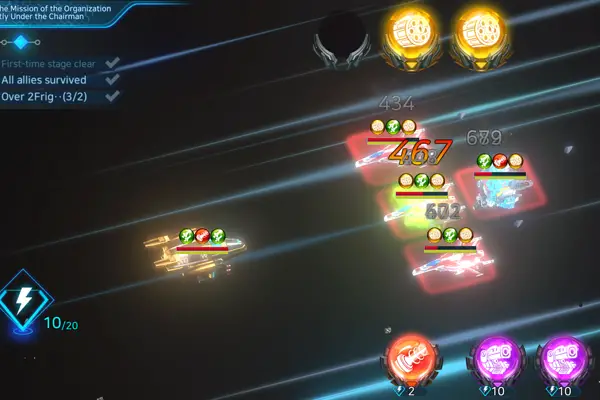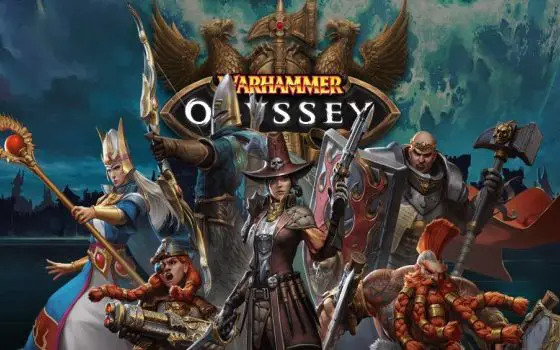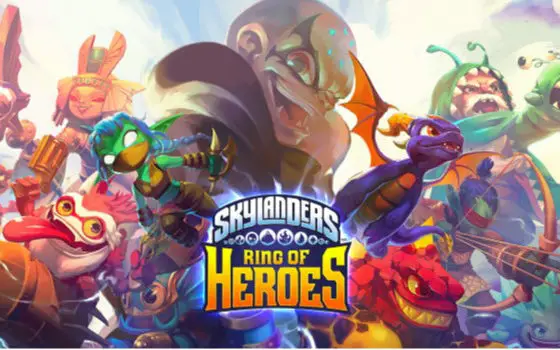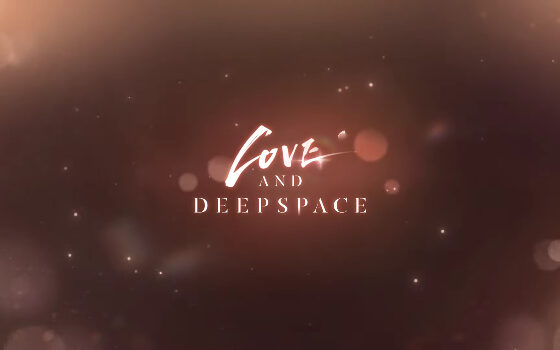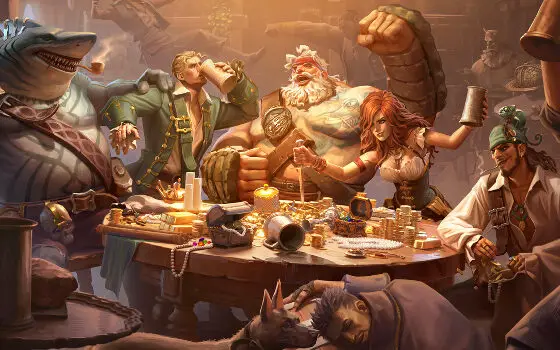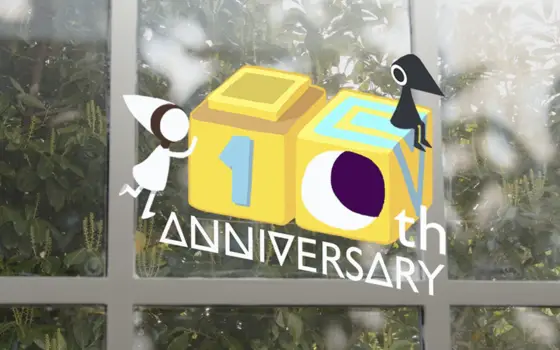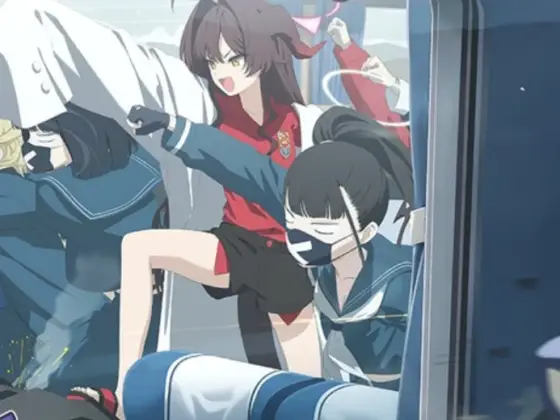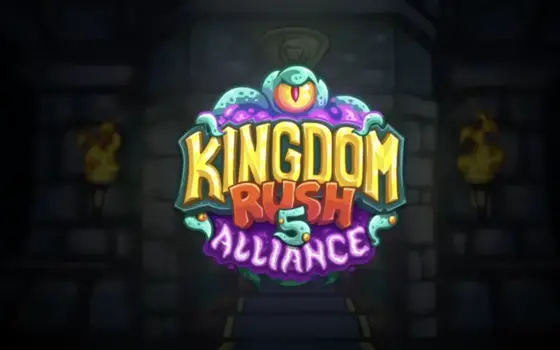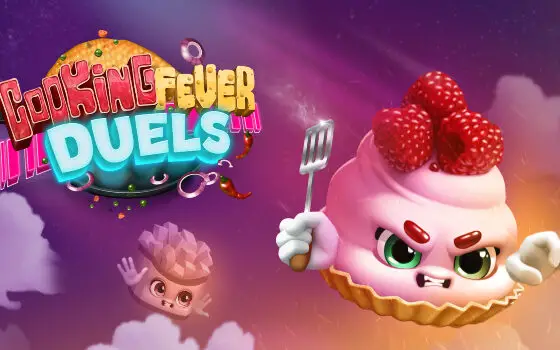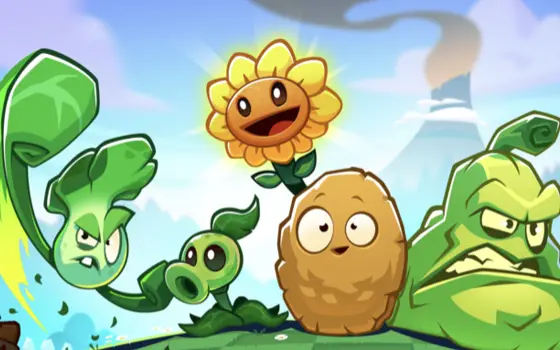What Goes Up, Must Come Down
What do you get when you combine a color matching game with the board game Battleship set it in space? You get Rising Star, a turn-based strategy game from developer Fun Stay. Rising Star is fun, although whether it has any staying power is another matter entirely.
Rising Star begins in what the game tells us is the near future. While investigating a mysterious deep space signal, an unknown disaster leaves the player character stranded in outer space. Fortunately, an automated starship rescues them just in time. The ship’s AI then informs them that, as the only human aboard, they are the new Commander.
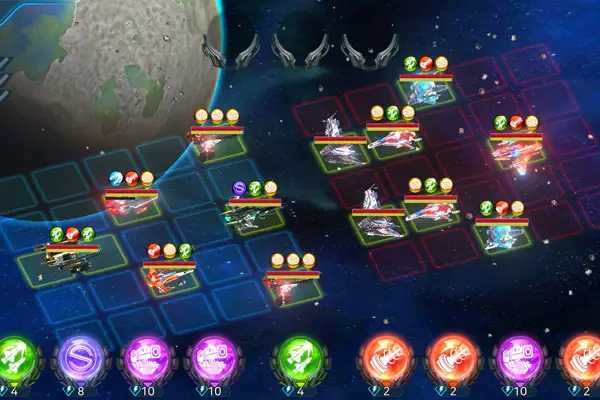
If that seems like a pretty contrived way to get the player a ship, it is. Frankly, the term “contrived” describes a lot of the game’s plot. Getting your bearings and finding what destroyed your first ship is quickly dropped in favor of a barely motivated one-person crusade against every pirate in the system. This ark’s villain also pulls the old: “There’s more going on than you understand.” And no, they don’t actually explain what’s going on. This deserves some recognition for being simultaneously cliché, unhelpful, and breathtakingly obvious.
In short, the story did not grab me at all. The dialogue could also have used some punching up and probably another round of playtesting. Dialogue boxes frequently only display part of the text, cutting off vital information. This bug was particularly prevalent in the tutorial, the last place you want to have missing text.
Space Battleships
Despite my grievances with the plot, the gameplay makes up for a lot. Although, as I hinted at before, it does eventually wear out its welcome. Still, the system itself is unique and worth discussing.
Rising Star’s combat takes place on two 5X5 grids. Admittedly the battleship caparison doesn’t really fit beyond the aesthetic of placing ships on a grid, as both fleets are fully visible. Ships will automatically target whichever enemy is closest to directly in front of them. For the most part, each ship has one weapon, a combo ability and a passive ability such as shields or self-healing.
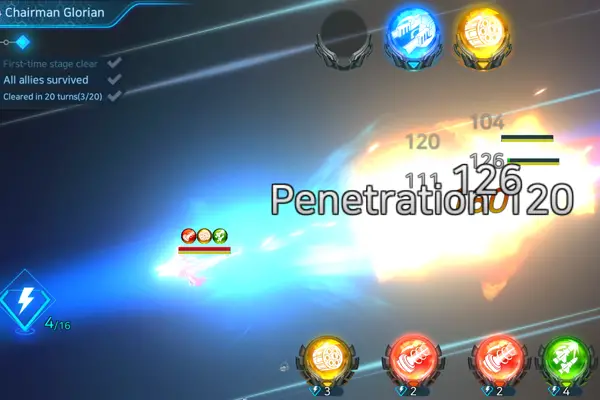
Weapons include lasers, machine guns, missiles and more, represented as colored balls across the bottom of the screen. Red for lasers, green for missiles, yellow for guns and so on. It might be helpful to think of them as cards in your hand. The player randomly draws nine each turn and can play three. If you don’t see the orb you want, you can combine two adjacent orbs of the same color into a random new one.
When you use an orb, every ship with the corresponding weapon fires at once. Each craft also has a specific combo you can use to activate their ability, usually an AOE attack. One ship might require you to uses missiles, laser, then guns, while another might want lasers, missiles, then laser again. Interestingly, while the vessels display a specific order, it does not seem to matter in gameplay. Red, yellow, red is precisely the same as yellow, red, red.
Rise and Fall
That’s not to say the gameplay isn’t fun. In fact, I enjoyed it quite a lot. It can be very satisfying to wipe out an entire wave with the right combination of attacks and combos. However, fun is a finite resource in Rising Star, and runs dry sooner than you’d expect.
You see, while Fun Stay did a pretty good job with the gameplay, Rising Star is a bit one-note. There’s no significant variation from one mission to the next. Rising Star offers a variety of modes, side-missions and even PVP multiplayer. Yet, it is fundamentally the same experience from one battle to the next. Combine that with a tedious leveling system that stops the flow dead, and it’s hard to stay engaged for the long haul.
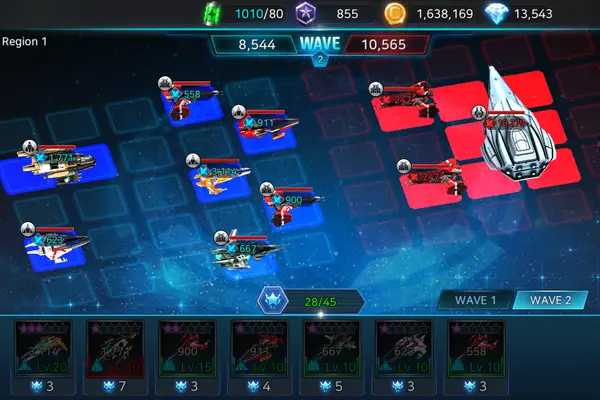
Unless you’re the kind of person who needs to master every leaderboard, Rising Star has little to offer in the long run. And if you are, get ready to shell out the cash. While you could theoretically play the whole game without spending money, the grind ramps up after the first three story chapters and never goes back down.
Even if you can get past the sub-par storytelling, Rising Star’s biggest problem is the lack of variety. There’s some brilliant gameplay in there, but it just not enough to carry you through the hundreds of nearly identical missions that make up the game’s story campaign. Rising Star could have been great, but just doesn’t have quite enough going on.
Is it Hardcore?
Sure.
Rising Star has a promising start with satisfying core gameplay but lacks variety and offers few meaningful incentives to power through its lengthy campaign.

